4-Hydroxybenzaldehyde
Synonym(s):p-Hydroxybenzaldehyde;4-Hydroxybenzaldehyde
- CAS NO.:123-08-0
- Empirical Formula: C7H6O2
- Molecular Weight: 122.12
- MDL number: MFCD00006939
- EINECS: 204-599-1
- SAFETY DATA SHEET (SDS)
- Update Date: 2025-12-26 12:07:08

What is 4-Hydroxybenzaldehyde?
Chemical properties
4-Hydroxybenzaldehyde is a yellow to light brown crystalline powder that has a very faint, sweet-woody-balsamic odor and a sweet taste with little or no other flavor impression. The odor is also reported as vanillic/nutty.
Occurrence
It is found as a volatile in several food products, including cherries, grapes, papayas, tomatoes, cheese, beer, rum, brandy, wine, tea and peanuts. Occurs in the form of esters in several plants, notably in wintergreen leaves and the bark of sweet birch.
The Uses of 4-Hydroxybenzaldehyde
4-Hydroxybenzaldehyde maintains bactericidal activity when tested against certain bacteria strains. It also displays antioxidant potential when analyzed through assay. It is widely used starting material for polymers and pharmaceuticals.
Definition
ChEBI: 4-hydroxybenzaldehyde is a hydroxybenzaldehyde that is benzaldehyde substituted with a hydroxy group at position C-4. It has a role as a plant metabolite, a mouse metabolite and an EC 1.14.17.1 (dopamine beta-monooxygenase) inhibitor.
Preparation
p-Hydroxybenzaldehyde is prepared by heating sodium phenolate with carbon dioxide under pressure.
What are the applications of Application
p-Hydroxybenzaldehyde is the important intermediates of pharmaceutical industry and spices. In foreign , it's also used for synthesis of bromoxynil and chloroxynil which are kind of herbicides, and also used in the manufacture of bactericide, photographic emulsifier, nickel plating luster agent, liquid crystal, etc; In the pharmaceutical field, it can be used for synthesis of amoxicillin, antibacterial synergistic agent named TMP, 3,4,5-Trimethoxybenzaldehyde,Artificial gastrodia elata, farrerol, esmololhydrochloride; In the spicery field, it can be used for synthesis of spicery,for example: vanillin, ethyl vanillin, piperonal, springaldehyde, p-anisaldehyde, raspberry ketone natural,etc.
Synthesis Reference(s)
Synthetic Communications, 9, p. 407, 1979 DOI: 10.1080/00397917908064169
General Description
4-hydroxybenzaldehyde occurs naturally in vanilla beans and is one of the keys contributors to the vanilla flavor.
Synthesis
2,3-Dichloro-5,6-dicyano-p-benzoquinone (DDQ 908 mg, 4 mmol) was added to a solution of 4-hydroxybenzyl alcohol (496 mg, 4 mmol) in dioxane (24 mL). The reaction mixture immediately turned deep green (exothermic reaction), and DDQH2 started precipitating within 1 min. Thin layer chromatography (TLC) analysis indicated consumption of starting material after 15 min. The solvent was removed from the yellow reaction mixture in vacuo. Treatment of the residue with CH2Cl2 left DDQH2 undissolved (quantitatively). Filtration followed by evaporation of CH2Cl2 gave 4-hydroxybenzaldehyde (74% yield) which was recrystallized from water. 
Reference: Becker, H.-D.; Bjork, A.; Alder, E. J. Org. Chem. 1980, 45, 1596?1600.
As a Reactant
4-Hydroxybenzaldehyde can be used as a reactant to synthesize:
4-Hydroxybenzaldehydesemicarbazone by a condensation reaction with semicarbazide.
Vanillin via bromination followed by copper-catalyzed coupling reaction with sodium methoxide.
Oligo-4-hydroxybenzaldehyde by an oxidative polycondensation reaction with hydrogen peroxide (H2O2) in an alkaline medium.
(?)-Centrolobine, a diarylheptanoid.
Purification Methods
Crystallise it from water (containing some H2SO4). Dry it over P2O5 under vacuum. [Beilstein 8 H 64, 8 IV 251.]
References
[1] HANS DIETER BECKER Erich A Anders Bjoerk. Quinone dehydrogenation. Oxidation of benzylic alcohols with 2,3-dichloro-5,6-dicyanobenzoquinone[J]. The Journal of Organic Chemistry, 1980, 45 9: 1596-1600. DOI:10.1021/jo01297a010.
[2] CHAN WOO KANG. 4-Hydroxybenzaldehyde accelerates acute wound healing through activation of focal adhesion signalling in keratinocytes.[J]. Scientific Reports, 2017: 14192. DOI:10.1038/s41598-017-14368-y.
[3] M. EDDOUKS. Insulin Resistance as a Target of Some Plant-Derived Phytocompounds[J]. Studies in natural products chemistry, 1900, 26 1: 351-373. DOI:10.1016/B978-0-444-63430-6.00011-4.
[4] DOUGLASS F. TABER. Vanillin Synthesis from 4-Hydroxybenzaldehyde[J]. Journal of Chemical Education, 2007, 84 7: 1158. DOI:10.1021/ed084p1158.
[5] MAKOTO KOMIYAMA Hidefumi H. Selective synthesis of 4-hydroxybenzaldehyde with cyclodextrin as catalyst[J]. Macromolecular Rapid Communications, 1981, 2 12: 715-717. DOI:10.1002/marc.1981.030021202.
[6] HIROAKI MATSUDA . Mutagenicity of ozonation and chlorination products from p-hydroxybenzaldehyde[J]. Science of the Total Environment, 1991, 103 2: Pages 141-149. DOI:10.1016/0048-9697(91)90140-A.
Properties of 4-Hydroxybenzaldehyde
| Melting point: | 112-116 °C (lit.) |
| Boiling point: | 191°C 50mm |
| Density | 1,129 g/cm3 |
| vapor pressure | 0.004Pa at 25℃ |
| refractive index | 1.5105 (estimate) |
| FEMA | 3984 | 4-HYDROXYBENZALDEHYDE |
| Flash point: | 174°C |
| storage temp. | Store below +30°C. |
| solubility | 13.8g/l |
| form | Crystalline Powder |
| pka | 7.61(at 25℃) |
| color | light yellow to light brown |
| Odor | at 100.00 %. sweet nutty almond balsam woody |
| Water Solubility | 13 g/L (30 ºC) |
| Sensitive | Air Sensitive |
| Merck | 14,4811 |
| JECFA Number | 956 |
| BRN | 471352 |
| Stability: | Hygroscopic |
| CAS DataBase Reference | 123-08-0(CAS DataBase Reference) |
| NIST Chemistry Reference | Benzaldehyde, 4-hydroxy-(123-08-0) |
| EPA Substance Registry System | p-Hydroxybenzaldehyde (123-08-0) |
Safety information for 4-Hydroxybenzaldehyde
| Signal word | Danger |
| Pictogram(s) |
 Corrosion Corrosives GHS05 |
| GHS Hazard Statements |
H318:Serious eye damage/eye irritation |
| Precautionary Statement Codes |
P280:Wear protective gloves/protective clothing/eye protection/face protection. P305+P351+P338:IF IN EYES: Rinse cautiously with water for several minutes. Remove contact lenses, if present and easy to do. Continuerinsing. |
Computed Descriptors for 4-Hydroxybenzaldehyde
| InChIKey | RGHHSNMVTDWUBI-UHFFFAOYSA-N |
4-Hydroxybenzaldehyde manufacturer
JSK Chemicals
New Products
4,4-Difluoropiperidine hydrochloride tert-butyl 9-methoxy-3-azaspiro[5.5]undecane-3-carboxylate Indole Methyl Resin N-Isopropylurea N,N-Dicyclohexylcarbodiimide(DCC) MELDRUMS ACID 5-METHYLISOXAZOLE-4-CARBOXYLIC ACID Magnessium Bis glycinate Zinc ascorbate 1-bromo-2-butyne 2-acetamidophenol 9(10H)-anthracenone Erythrosin B, 4-Piperidinopiperidine 2-((4-morpholinophenylamino) (methylthio) methylene) malononitrile 2,4-dihydroxybenzaldehyde 3-(4-morpholinophenylamino)-5-amino-1H-pyrazole-4-carbonitrile Methyl 2-methylquinoline-6-carboxylate 2,6-dichloro-4-nitropyridine 4-Bromo-2-chlorobenzonitrile 2-(benzylamino)acetic acid hydrochloride 4-(tert-Butoxycarbonylamino)but- 2-ynoic acid 3,4-dihydro-2H-benzo[b][1,4]dioxepine 1-Phenyl-1-cycloprppanecarboxylicacidRelated products of tetrahydrofuran
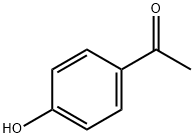

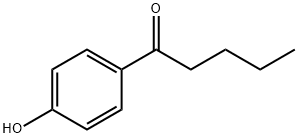
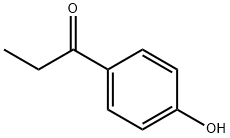

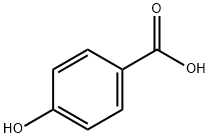

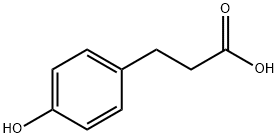
You may like
-
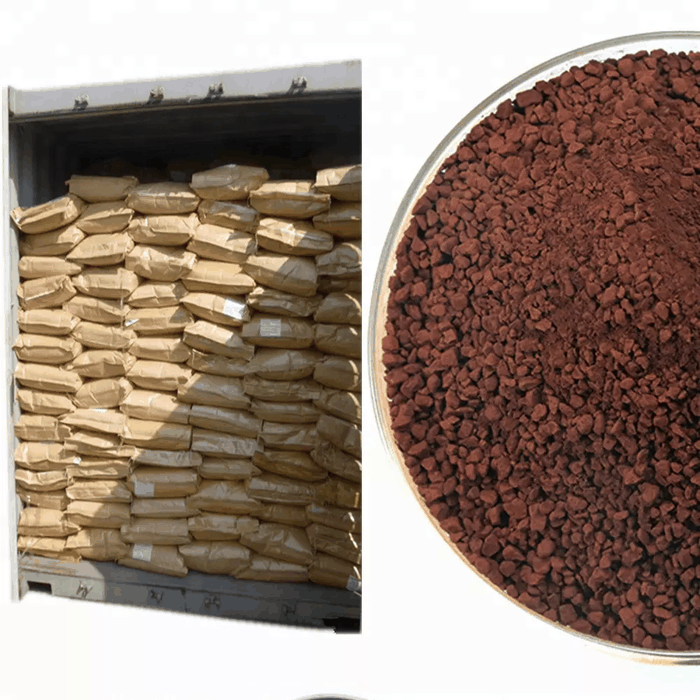 4 HYDROXY BENZALDEHYDE 99%View Details
4 HYDROXY BENZALDEHYDE 99%View Details -
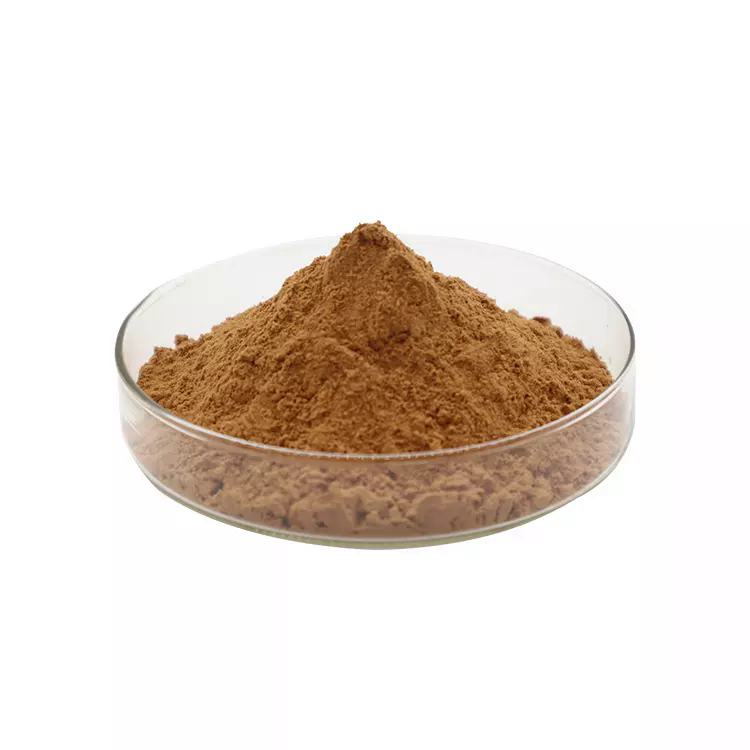 4-Hydroxybenzaldehyde 98%View Details
4-Hydroxybenzaldehyde 98%View Details -
 p-Hydroxybenzaldehyde pure CAS 123-08-0View Details
p-Hydroxybenzaldehyde pure CAS 123-08-0View Details
123-08-0 -
 Para Hydroxy Benzaldehyde CASView Details
Para Hydroxy Benzaldehyde CASView Details -
 4 Hydroxybenzaldehyde, C7H6O2, 123-08-0View Details
4 Hydroxybenzaldehyde, C7H6O2, 123-08-0View Details
123-08-0 -
 4 Hydroxybenzaldehyde, 99.5%, 50 Kg BagView Details
4 Hydroxybenzaldehyde, 99.5%, 50 Kg BagView Details
123-08-0 -
 4 Hydroxybenzaldehyde Powder, 123-08-0, >99%View Details
4 Hydroxybenzaldehyde Powder, 123-08-0, >99%View Details
123-08-0 -
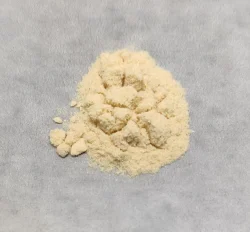 4 -Hydroxy benzaldehyde, C7H6O2, 123-08-0View Details
4 -Hydroxy benzaldehyde, C7H6O2, 123-08-0View Details
123-08-0
